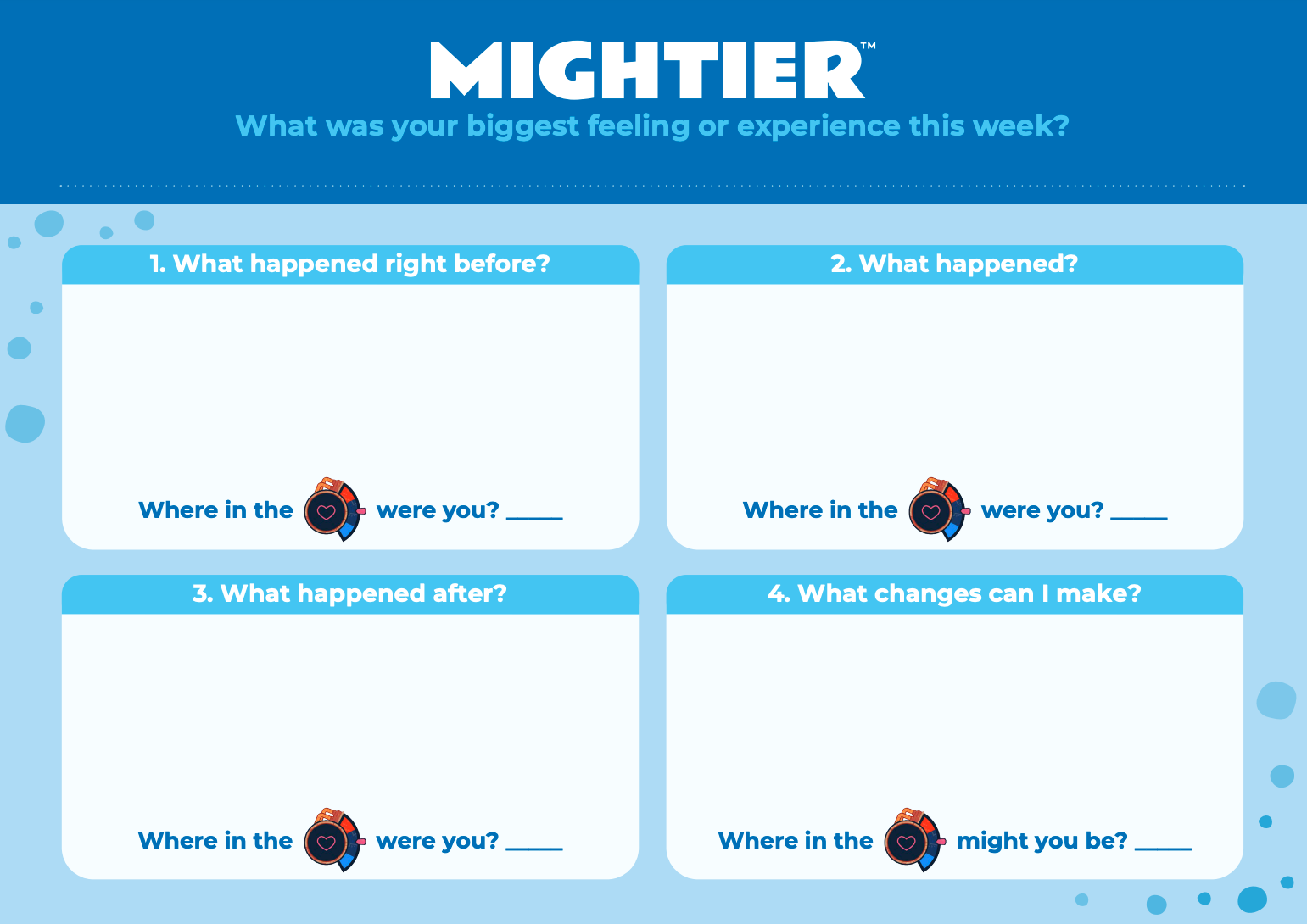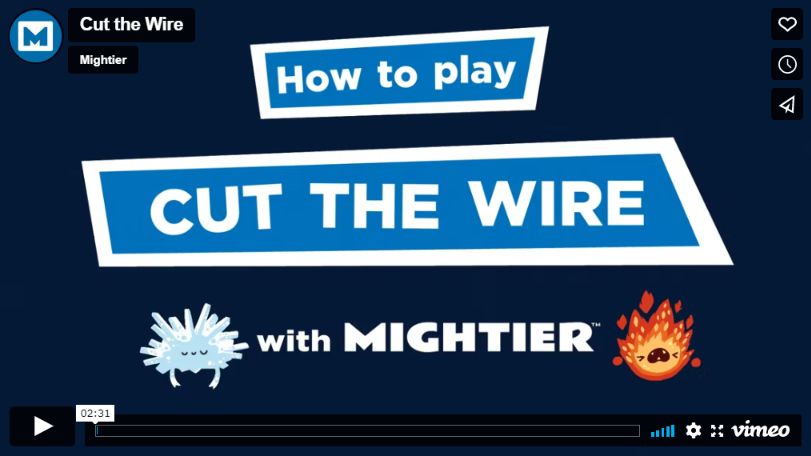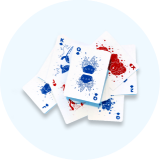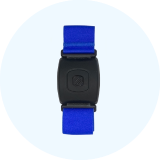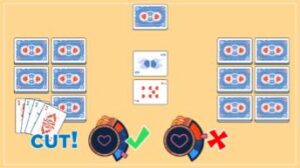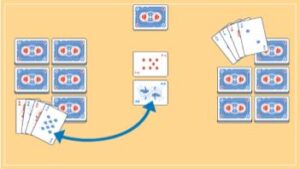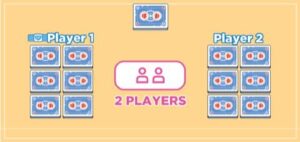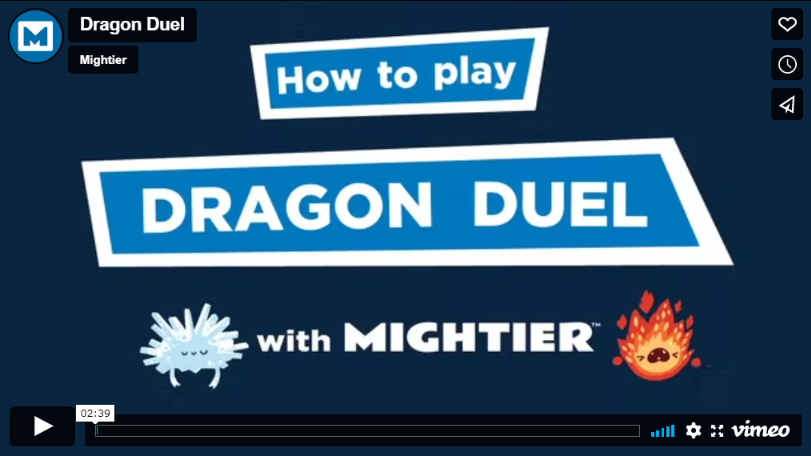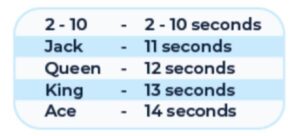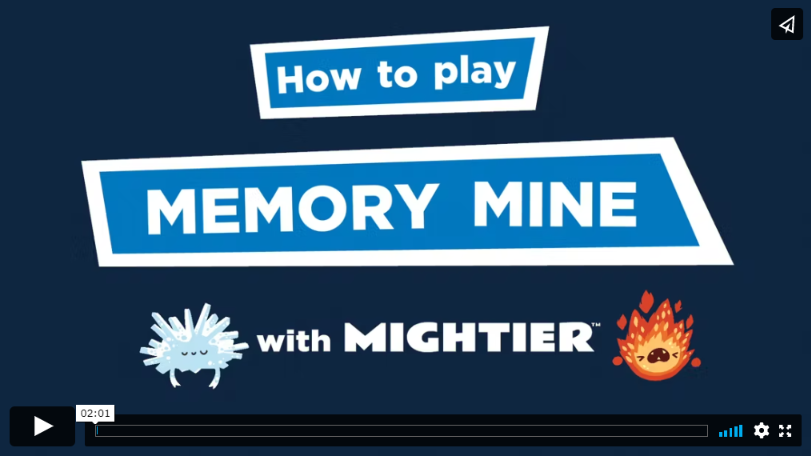- 10 to 15 minutes
- In person
- Teletherapy
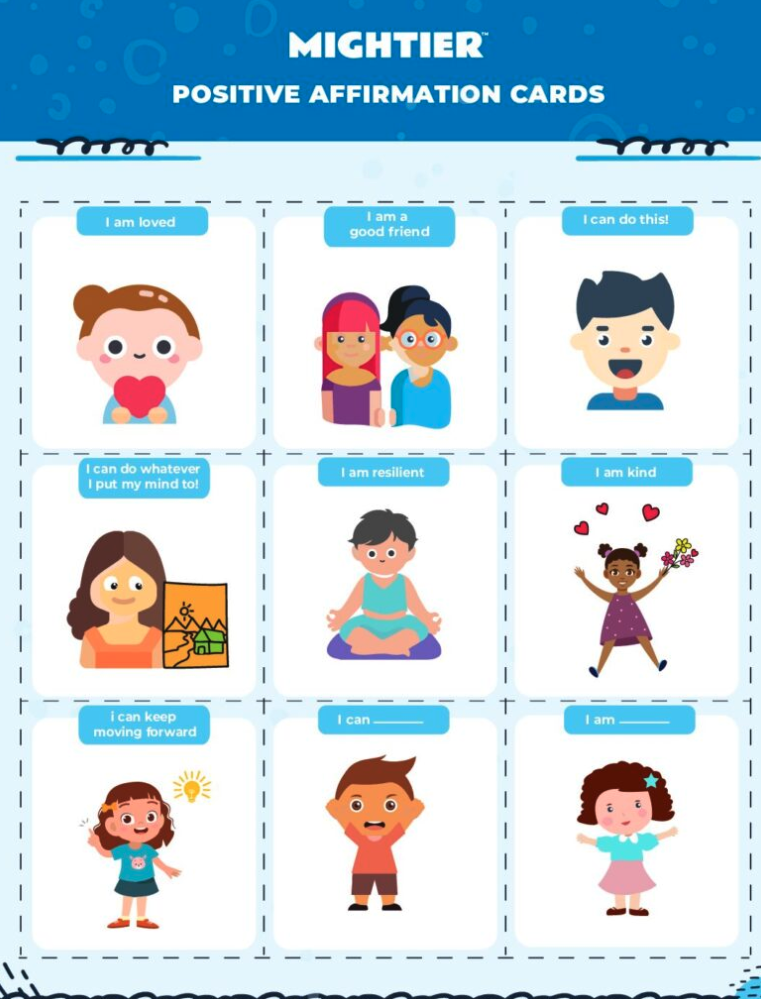
Overview
This positive affirmations activity helps a client practice using strengths-based language to build confidence and resilience.
Time in Mightier program
Weeks 1+
Therapeutic Goals
- Develop emotional awareness
- Practice self-reflection
- Practice positive self-talk and growth mindset
- Practice communication and social skills
- Support client’s understanding and enjoyment of Mightier
Documentation Suggestion
Client and clinician engaged in a positive affirmations intervention that helped the client to practice using strengths-based language to build confidence and resilience using Mightier biofeedback tool’s language. The intervention helped to develop emotional awareness while practicing self-reflection and social skills.
Step-by-step instructions
- Provide psychoeducation to the client surrounding positive affirmations using the language below, or something similar.
Our brains and bodies are good friends and talk to each other very often. When the brain says a certain thing our body can feel the feeling that is associated with that thought. When your brain thinks a positive thought like, “I feel loved by my friends and family” we can feel more positive emotions like happiness, pride, and excitement. When your brain thinks a negative thought like, “I can’t do this!” we can feel more negative emotions like sadness, anger, frustration, or worry (like being in the red in Mightier). One way to feel more positive emotions is to think positive thoughts. This trains our brain to feel more positive over time. Today we are going to think of some positive affirmations (statements) that you can say to yourself when you are wanting to feel more positive emotions (like being in the blue in Mightier) - Have the client use the worksheet, or have them use their own sheet of paper, to create a grid to look like cards.
- Work with the client to develop, write, and/or draw positive affirmations on the cards.
- As the client is writing these positive affirmations, ask the client what area of the Mightier Gizmo may they be in once they read these cards (red, gray, blue). Talk about what types of emotions may arise and help the client to label these feelings.
- Talk with the client about potential times to use the positive affirmation cards as well as a place to keep the cards (i.e. desk in the classroom, backpack, pocket, etc.)




